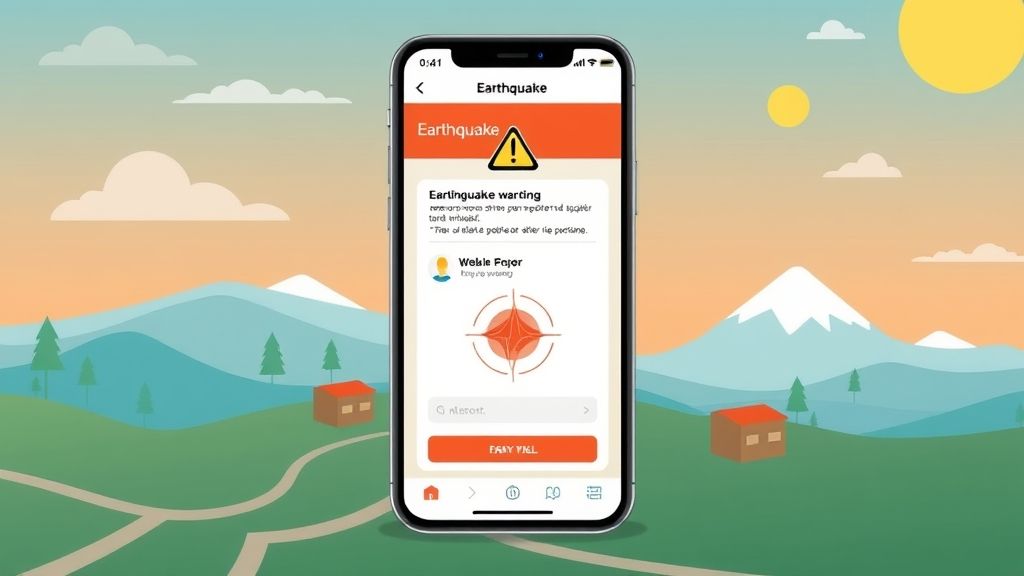Understanding complex systems is crucial, especially when safety is at stake. This article dives into designing a web-based earthquake early warning system using pseudocode, highlighting how it bridges the gap between conceptualization and implementation.
🧠 System Overview
- Goal: Provide timely alerts about seismic events.
- Data Sources:
- 📡 Local Sensor Feeds: Real-time data from IoT sensors.
- 🌐 Public Earthquake APIs: Utilize feeds from organizations like USGS.
- Alert Methods: Web notifications, SMS, and more.
📦 Components Breakdown
- Sensor Listener: Gathers real-time seismic data.
- API Poller: Fetches the latest earthquake data at intervals.
- Event Merger: Normalizes and deduplicates incoming information.
- Threshold Evaluator: Assesses risk levels from events.
- Alert Dispatcher: Sends notifications to users.
By utilizing pseudocode, developers gain a clear foundation for system design, facilitating effective communication while driving projects forward. Curious about how this foundational work translates into actual code? Check EarthScene.co for the upcoming full implementation!
Read the full story for more details:
Continue reading

